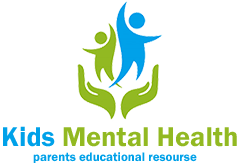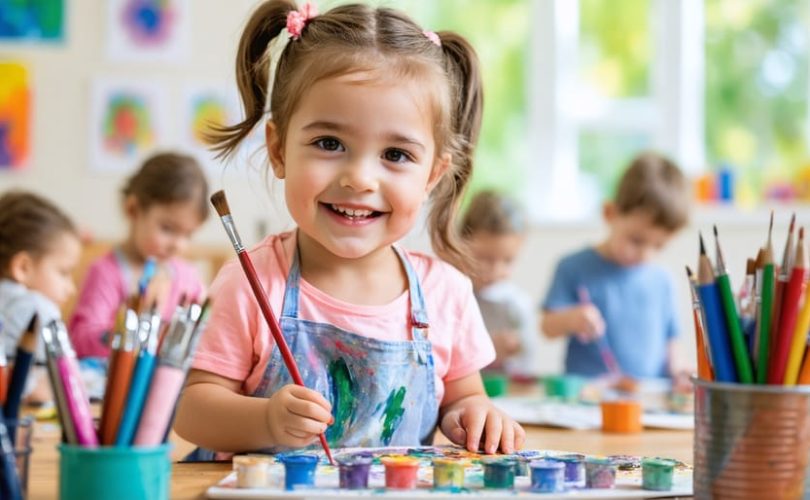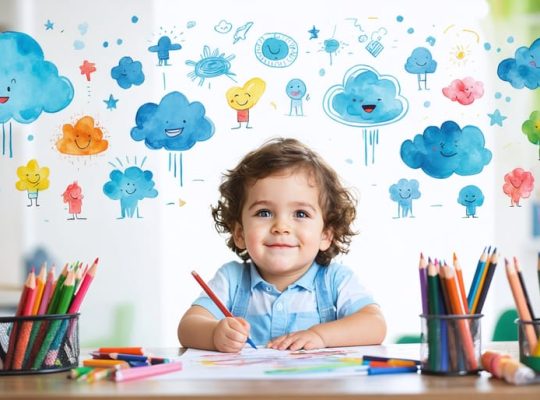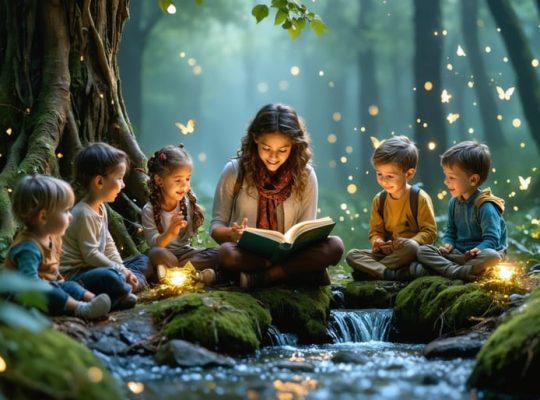Watching a child transform blank paper into vibrant self-expression can unlock powerful healing and growth. Art therapy offers a unique gateway for young minds to build confidence, process emotions, and develop a stronger sense of self – all without the pressure of words or traditional therapy settings. Through guided creative activities, children naturally discover their voice, strengths, and emotional resilience.
Recent research shows that regular engagement in art therapy activities can increase self-esteem by up to 30% in children aged 6-12, while providing a safe space to work through anxiety, trauma, and social challenges. The simple act of creating something meaningful helps children feel more capable, understood, and in control of their world.
As both a therapeutic tool and form of self-discovery, art therapy transcends age, ability, and verbal expression. Whether through painting, sculpting, or drawing, these creative encounters allow children to tell their stories, celebrate their uniqueness, and build the confidence needed to thrive. The transformative power lies not in artistic skill, but in the journey of self-expression and the supportive environment that nurtures it.
Let’s explore how art therapy can help your child build lasting self-esteem through creativity, connection, and compassionate guidance.
Understanding Art Therapy’s Role in Child Development
The Power of Creative Expression
For many children, putting feelings into words can be challenging or even overwhelming. Art therapy provides a powerful alternative pathway for children to express their inner world through colors, shapes, and creative activities. When a child draws, paints, or sculpts, they’re not just creating art – they’re telling their story without the pressure of finding the right words.
Sarah Thompson, a child art therapist with 15 years of experience, shares: “I’ve seen children who struggle with verbal communication light up when given art materials. Through their artwork, they can share fears, dreams, and experiences they might never speak about otherwise.”
Creative expression also provides children with a sense of control and achievement. Whether they’re choosing colors for a painting or molding clay into shapes, each creative decision helps build confidence. The non-judgmental nature of art therapy means there’s no “right” or “wrong” way to create, allowing children to explore their emotions freely and develop a stronger sense of self-worth through the process.
Building Confidence Through Artistic Achievement
The process of creating art can be a powerful catalyst for building self-confidence in children and adults alike. When someone completes an artistic project, whether it’s a simple drawing or an elaborate sculpture, they experience a tangible sense of accomplishment. This achievement, no matter how small, creates a positive feedback loop that enhances self-worth.
Art-making provides opportunities for mastery experiences, where individuals can see their skills improve over time. As they learn new techniques and overcome creative challenges, their confidence naturally grows. Unlike many other activities, art has no strict “right or wrong” approach, allowing for personal expression without fear of failure.
Children especially benefit from this aspect of artistic achievement. When they proudly display their artwork and receive positive feedback from family members or peers, it reinforces their sense of capability and worth. The visible progress in their artistic abilities – from basic scribbles to more controlled expressions – serves as concrete evidence of their growth and potential.
Moreover, the process of creating art helps develop problem-solving skills and resilience. Each artistic challenge overcome becomes a building block for greater self-assurance in other areas of life.
Art Therapy Activities That Boost Self-Esteem
Self-Portrait Projects
Self-portrait projects offer powerful opportunities for children to explore and express their identity while building self-awareness and confidence. These creative activities go beyond simple mirror drawings, encouraging kids to represent themselves in meaningful and personally significant ways.
One effective approach is the “Inside-Outside Portrait,” where children create a split image showing both their external appearance and their inner qualities, dreams, and feelings. This activity helps them recognize that their value extends far beyond physical appearance.
The “Hero Self-Portrait” invites children to depict themselves as superheroes, complete with special powers that represent their real-life strengths. This exercise helps children identify and celebrate their unique abilities while building positive self-image.
Another engaging project is the “Future Self-Portrait,” where kids imagine and illustrate themselves achieving their goals. This not only boosts confidence but also helps develop a positive vision for their future.
When guiding these activities, encourage free expression and avoid imposing judgments about artistic skill. The focus should remain on self-discovery and personal meaning rather than technical perfection. Remember to create a safe, supportive environment where children feel comfortable sharing their artwork and the stories behind their creative choices.
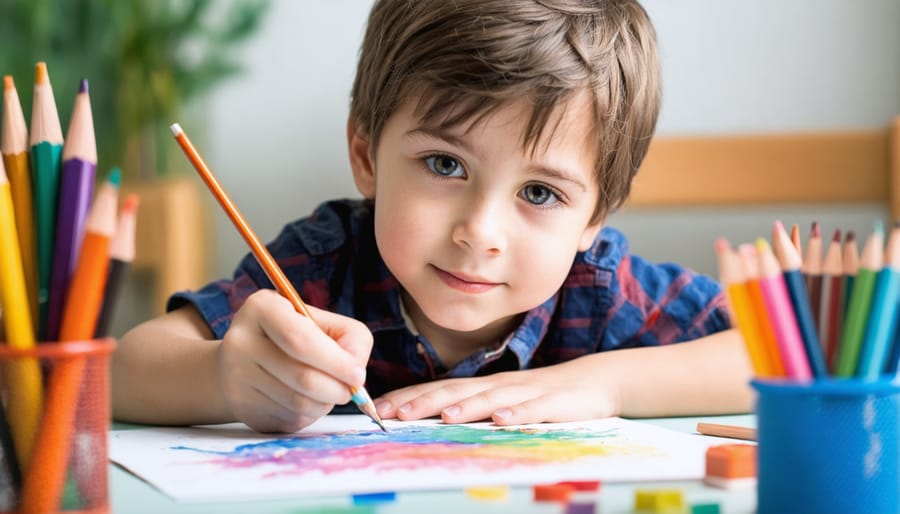
Emotion-Based Art Activities
Art activities can be powerful tools for children to explore and express their feelings in a safe, non-verbal way. Through visual storytelling, children can communicate complex emotions they might struggle to put into words.
One effective activity is the “Feelings Color Wheel,” where children assign colors to different emotions and create abstract paintings using these colors. This helps them recognize and control their emotions while developing self-awareness.
The “Self-Portrait Gallery” encourages children to create multiple self-portraits expressing different aspects of their personality or various emotional states. This activity helps build self-acceptance and understanding of their emotional range.
“Emotion Sculptures” using clay or playdough allow children to give physical form to their feelings. The tactile nature of this activity can be particularly soothing for children experiencing anxiety or stress.
“Gratitude Collages” involve creating artwork from magazine cutouts or drawings that represent things children appreciate about themselves and their lives. This activity naturally builds positive self-perception and encourages optimistic thinking.
Remember to create a judgment-free environment where children feel safe expressing themselves through these activities. The focus should be on the process rather than the final product.
Collaborative Art Projects
Collaborative art projects offer unique opportunities for children to build self-esteem while developing essential social skills. When children work together on creative endeavors, they learn to communicate, compromise, and celebrate each other’s contributions.
One effective group activity is the “Community Mural,” where children work together to create a large-scale painting. Each participant contributes their own artistic elements while respecting others’ space and ideas. This project teaches children that their individual contributions matter while being part of something bigger than themselves.
“Circle Stories” is another engaging activity where children sit in a circle and take turns adding elements to a collective artwork. Each child contributes for a few minutes before passing it along, fostering trust and acceptance within the group. As Dr. Sarah Thompson, an art therapist, notes, “When children see how their individual contributions enhance the whole piece, it reinforces their sense of value and belonging.”
Creating group sculptures using recyclable materials or collaborative collages can also boost confidence while teaching teamwork. These projects allow children to experiment with different roles – from leadership to supporting positions – while feeling safe and supported by their peers.
Remember to celebrate the process rather than focusing solely on the final product, as this helps children develop a growth mindset and resilience in their creative journey.
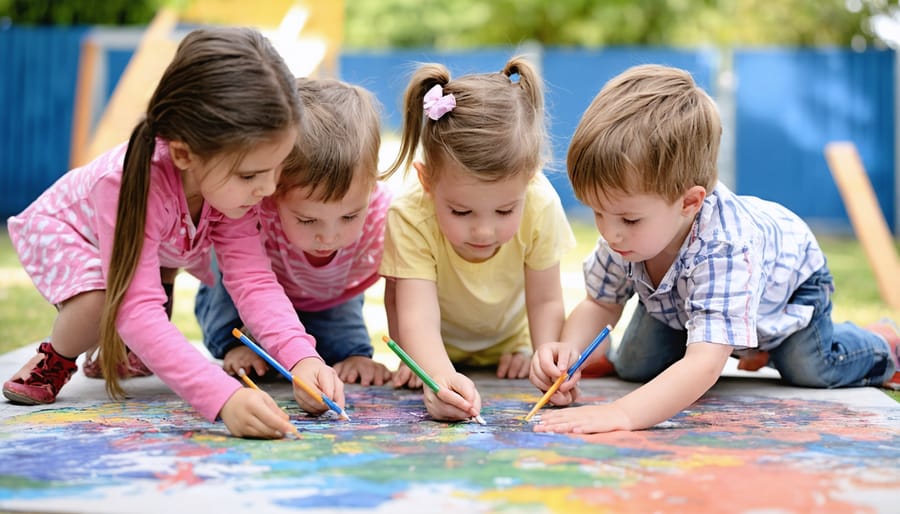
Signs Art Therapy Is Making a Difference
Emotional Growth Indicators
When children engage in art therapy, several emotional indicators signal positive growth and improved self-esteem. Parents and teachers often notice their children becoming more expressive and willing to share their feelings through their artwork. This natural progression in emotional development through therapy typically manifests in various ways.
Children may begin using brighter colors in their artwork, suggesting improved mood and outlook. They often start explaining their creative choices with greater confidence and show pride in their artistic expressions. Many parents report their children becoming more comfortable with making mistakes and viewing them as opportunities for creative problem-solving rather than failures.
Another significant indicator is increased social interaction during group art sessions. Children who previously struggled with sharing or collaborative activities may begin engaging more freely with peers, offering encouragement and accepting feedback more readily. Their artistic vocabulary expands, and they become more articulate about their emotional experiences.
Sarah Martinez, an art therapist with 15 years of experience, shares: “I’ve watched countless children transform from hesitant observers to confident creators. When a child begins to freely experiment with different materials and techniques, it’s often a sign that their self-trust is growing. This newfound confidence typically extends beyond the art room into other areas of their lives.”
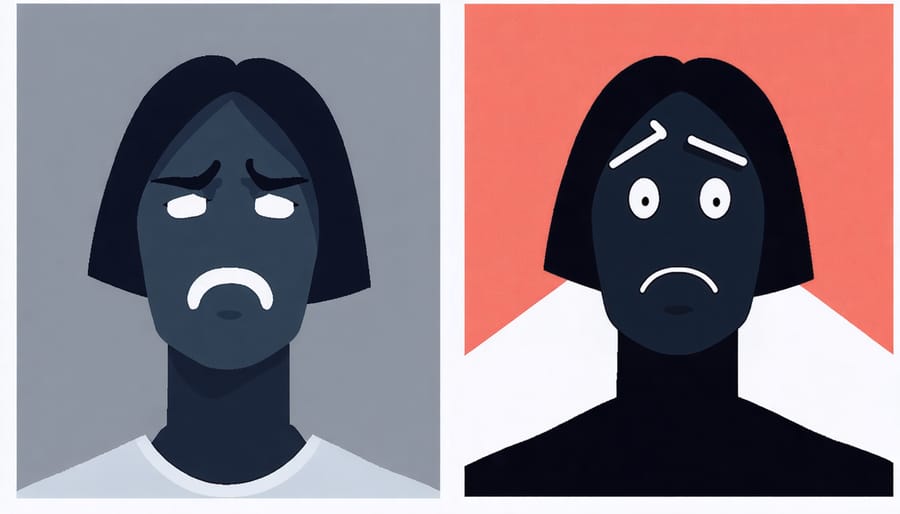
Social Development Markers
Art therapy sessions often reveal remarkable improvements in children’s social development, particularly in how they interact with peers and adults. Through shared artistic experiences, children naturally develop better communication skills and learn to express their emotions more effectively.
Sarah Martinez, an art therapist with 15 years of experience, notes that “When children create art together, they learn to share materials, take turns, and appreciate each other’s unique perspectives. These collaborative experiences build crucial social skills and mutual respect.”
Group art therapy sessions provide safe spaces where children can practice social skills while engaging in enjoyable creative activities. Many parents report that their children become more confident in social situations after participating in art therapy, showing increased willingness to join group activities and make new friends.
Observable social development markers often include:
– Improved ability to work cooperatively with others
– Enhanced verbal and non-verbal communication
– Greater empathy and understanding of others’ feelings
– Increased comfort in sharing personal experiences
– Better conflict resolution skills
– More positive peer relationships
Art therapists often incorporate activities that encourage social interaction, such as collaborative murals or partner drawing exercises. These activities help children develop trust, practice compromise, and learn to celebrate both their own achievements and those of others. As children’s social confidence grows, their overall self-esteem naturally strengthens, creating a positive cycle of personal and social development.
Art therapy has proven to be a powerful tool for nurturing self-esteem and emotional well-being in children. Through creative expression, children develop a stronger sense of self, build confidence, and learn to process their emotions in healthy ways. The combination of artistic activities and therapeutic guidance creates a safe space for personal growth and self-discovery.
As parents and caregivers, incorporating art therapy activities into your child’s routine doesn’t need to be complicated. Simple activities like drawing feelings, creating family collages, or sculpting with clay can have profound effects on a child’s emotional development and self-worth. Remember that the focus should be on the process rather than the final product, celebrating your child’s unique expression and creative journey.
The benefits we’ve explored – from improved emotional awareness to enhanced communication skills and increased self-confidence – make art therapy an invaluable addition to any child’s development toolkit. Whether working with a professional art therapist or engaging in art activities at home, these creative experiences can help build the foundation for lasting self-esteem and emotional resilience.
We encourage you to start small, perhaps with one activity per week, and observe how your child responds. Create a judgment-free environment where expression is celebrated, and watch as your child’s confidence grows through the power of artistic creation. The investment in your child’s emotional well-being through art therapy can yield lifelong benefits, fostering a strong sense of self that will serve them well into the future.
